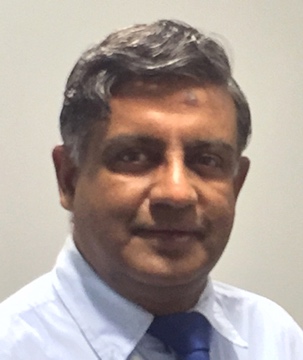Gopal Viswanathan1, Santosh Koduri2, Peter Collins3, Hamish Fraser1
1. The Ohio State University, Columbus OH 43210, USA; 2. Intel Corporation, Hillsboro, OR-97124, USA; 3. Iowa State University, Ames, IA-50011, USA
Abstract: The prediction of microstructure property relationships based on physically relevant phenomenological model in complex metallic system is not realistically possible. An alternative approach based on neural network offers a solution to this problem. In this talk an application of neural network for the prediction of microstructure/property relationships in Ti alloys is presented. Such an approach, however, invariably requires sufficiently large data bases covering accurate descriptions of input microstructures to predict truthful properties. This requires effective way of producing high-fidelity descriptions of microstructures without compromising the physical principles that govern the material behavior. The first part of the talk will focus on our experience in producing and testing such microstructures in α/β Ti alloys with particular focus on the predictive capability for tensile properties. The second part of the talk will include our experience with materials characterization tools and techniques such as aberration corrected scanning transmission electron microscope (STEM), atom probe and X-Ray tomography, electron back-scattered diffraction (EBSD)and electron channeling contrast (ECCI) to discern the underlying mechanisms which in turn help improve the predictive capabilities.

Prof. Viswanathan primary research interests are the relationship between microstructure and properties of materials, with special emphasis on characterization which make it possible to study the structure and chemistry of materials down to atomic dimensions. Viswanathan and his group are involved in building new understandings into the mechanical behavior of several important metallurgical systems through a detailed understanding of fundamental deformation mechanisms. This understanding forms the basis for property modelling efforts and are also of keen interest to the Integrated Computational Materials Engineering (ICME) tools for industrial applications. His present research programs include structure/property studies particular emphasis on microstructure development and deformation mechanisms in commercial Titanium and Nickel-based superalloys. Professor Viswanathan obtained his Ph.D. in Materials Science and Engineering from University of Cincinnati. He was a resident scholar at the Institut für Werkstoffe Werkstoffwissenschaft, Ruhr-Universität, Bochum, Germany, and then worked as a senior research scientist at UES Inc. Air Force Research Laboratory. He is currently with the Department of Materials science and Engineering at The Ohio State University, Columbus OH, USA.
Email: viswanathan.11@osu.edus